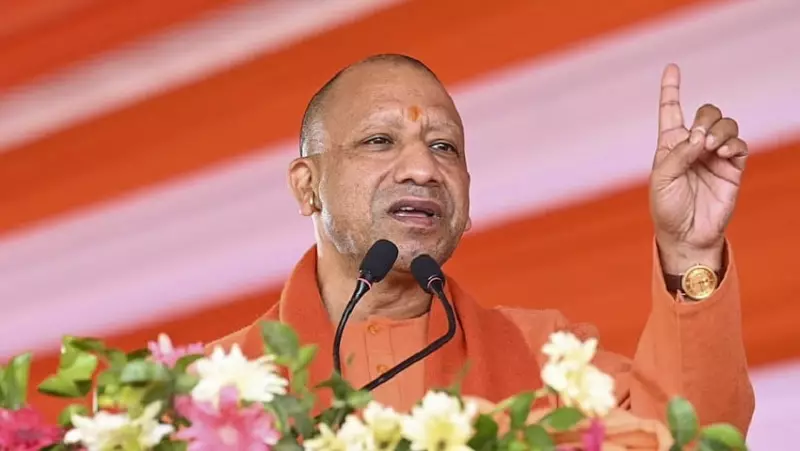
In a significant move toward digital governance and citizen welfare, the Indian government has announced the elimination of separate application processes for old age pension schemes. The new system will automatically identify and contact eligible beneficiaries through the innovative 'One Family-One Identity' Family ID platform.
Automated Benefit Distribution System
The landmark decision, announced on November 14, 2025, represents a fundamental shift in how social welfare benefits are delivered to India's elderly population. Rather than requiring senior citizens to navigate complex application procedures, the government will now proactively reach out to those who qualify for pension benefits.
This revolutionary approach leverages the Family ID database to automatically verify eligibility criteria and initiate contact with potential beneficiaries. The system eliminates the need for physical documentation submissions and multiple office visits that often posed challenges for elderly applicants.
How the Family ID System Works
The Family ID 'One Family-One Identity' system serves as the backbone of this automated benefit distribution model. By integrating various government databases and verification systems, the platform can accurately identify citizens who meet the eligibility requirements for old age pension without requiring them to apply separately.
Once the system identifies a qualified individual, the concerned department will directly contact the beneficiary to complete the remaining formalities. This proactive approach ensures that no eligible senior citizen misses out on benefits due to lack of awareness or difficulties in application processes.
Impact and Benefits for Senior Citizens
This transformation in service delivery addresses several longstanding challenges faced by elderly citizens seeking pension benefits. The automated system reduces bureaucratic hurdles, minimizes paperwork, and accelerates the entire process from identification to disbursement.
Senior citizens, particularly those in remote areas or with limited mobility, stand to benefit significantly from this citizen-centric approach. The government's direct outreach mechanism ensures that welfare schemes actually reach their intended beneficiaries without the traditional barriers of application complexity.
The implementation of this system marks a crucial step in India's digital governance journey, demonstrating how technology can be harnessed to create more inclusive and accessible social security networks for vulnerable populations.





